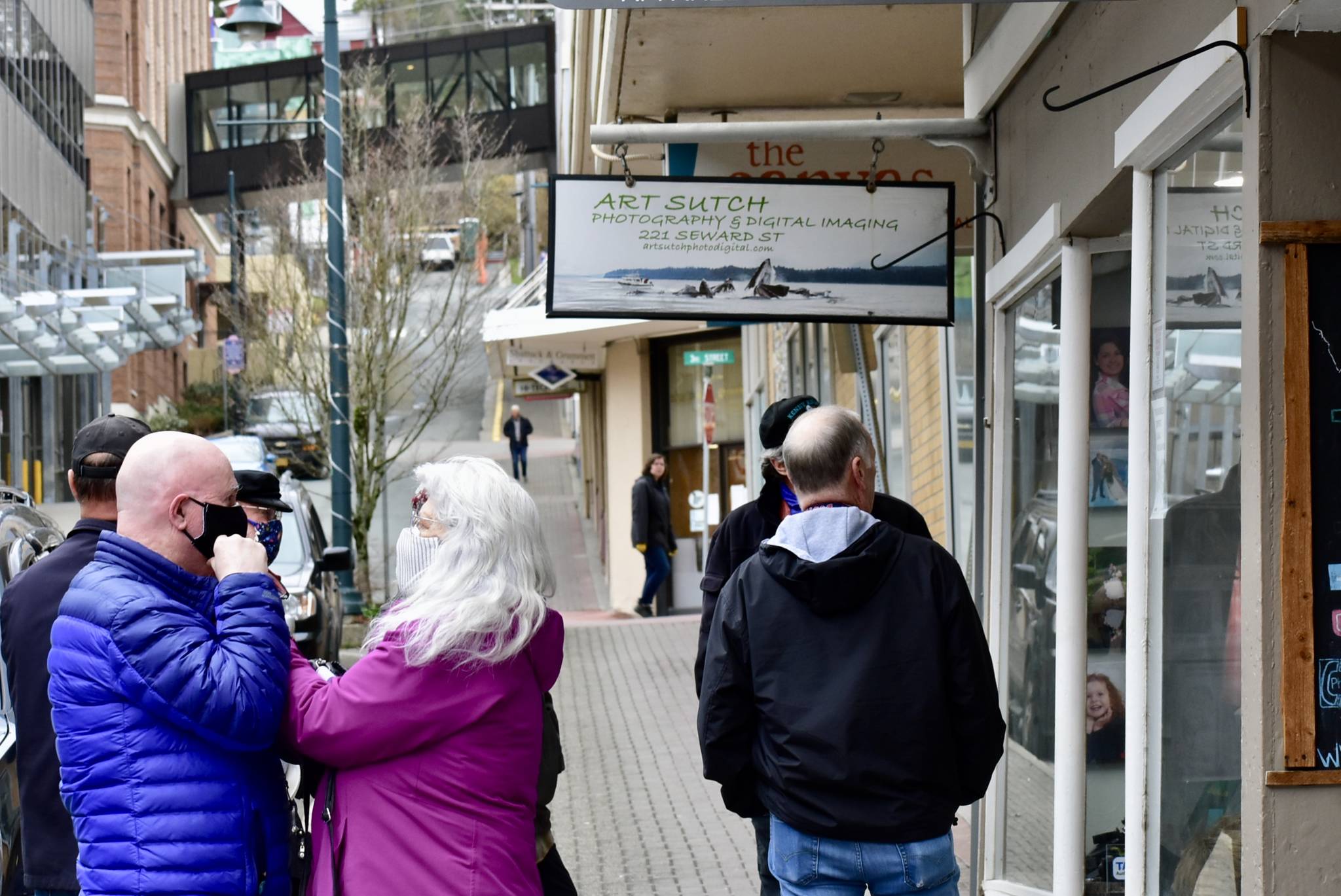Alaska is growing, but very slowly, according to population projections released Monday by the Department of Labor and Workforce Development. But with the COVID-19 pandemic, it’s difficult to say what the state’s population will look like in the long run.
According to the state’s predictions, the Anchorage and Matanuska-Sustina area is set to grow from 398,00 people in 2019 to 458,000 in 2045. Juneau’s numbers remain fairly steady at 31,000 in 2019 and 2045 after briefly enjoying a projected peak of 32,000 in the 2030s. Additionally, the data predicts the region’s population will decline from 72,000 people in 2019 to 68,000 in 2045.
“I was putting these numbers together in February,” said David Howell, State Demographer for DOLWD, “but then (it) all kind of changed in a hurry.”
The state collects population data every two years, Howell said, and the latest data shows the state seeing little net migration as young people move in, but old people move out. Net migration is either zero or slightly negative.
“We see gains and migrants at the early working ages, and then we start losing people at about 50 plus,” Howell said.
Fertility levels in the state are at what Howell called, “replacement level,” which means births are happening just often enough to offset deaths and maintain the current population level.
Southeast’s population trends a little older than the rest of the state, Howell said. The median age in Southeast Alaska, according to the state data, is 40. That is five years older than the state average.
Howell said that difference in average age could lead to changes in services that communities need to provide such as health care.
Southeast Alaska already relies on out-of-state health care workers, hiring 350 traveling health care workers last year, according to Meilani Schijvens, director of Rain Coast Data. According to a 2019 study of the health care workforce in Southeast Alaska, traveling health care workers can cost up to 64% more than a traditional employee.
Similarly, hiring workers from out of state results in higher turnover, Schijvens said, with cost of living and lack of child care cited as top reasons for workers leaving.
Now, with a global pandemic and predicted economic recession, Howell can’t say what will happen but imagines that people will probably move less.

